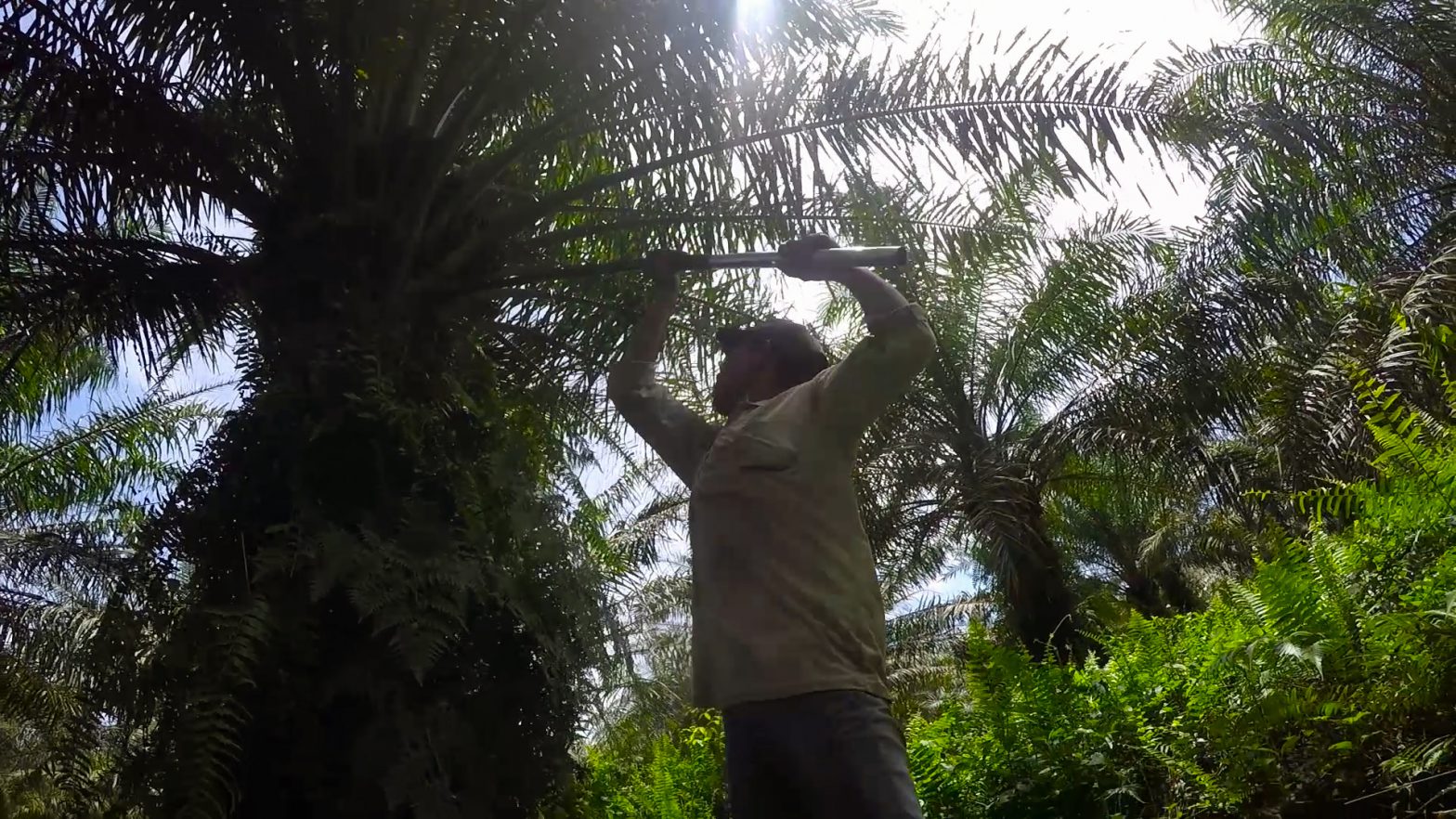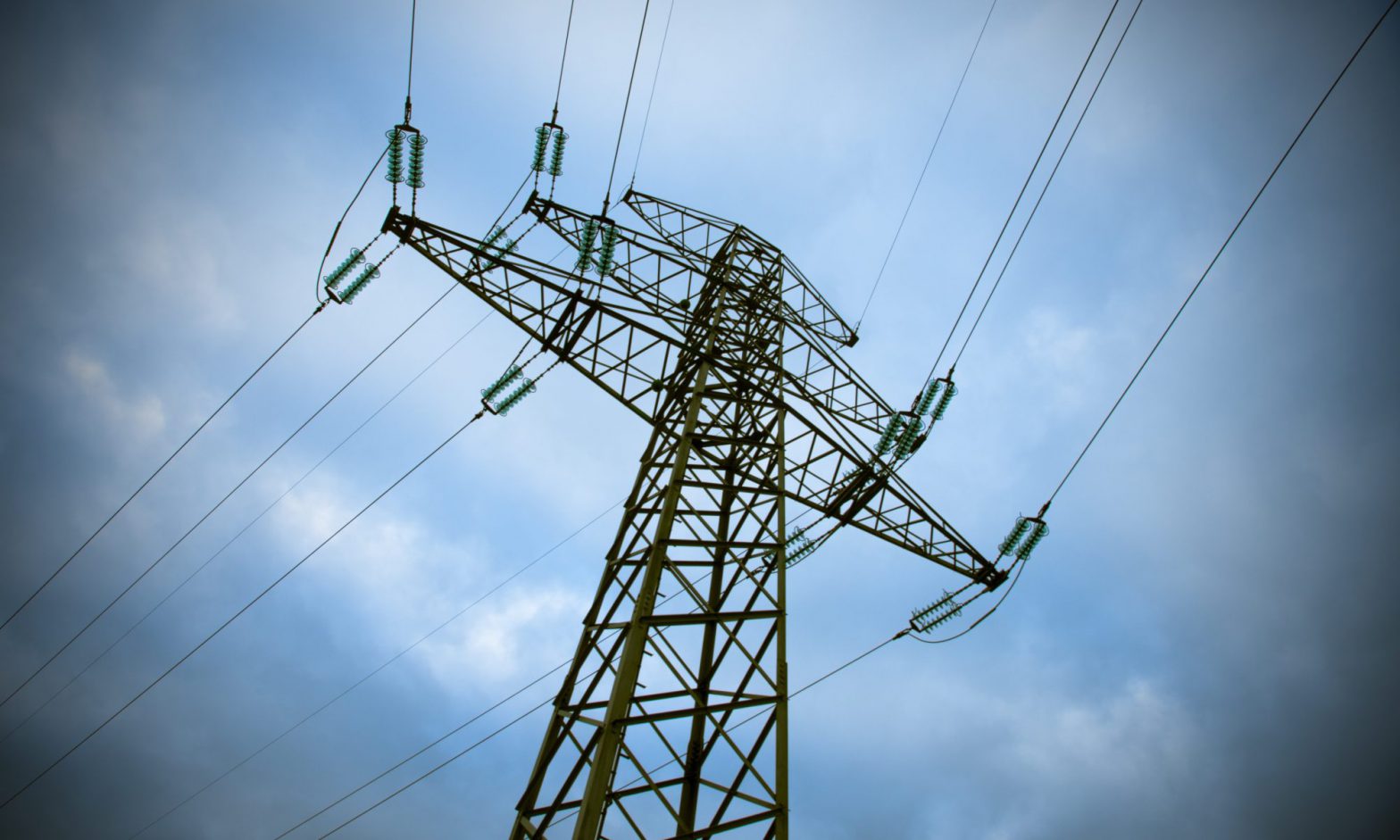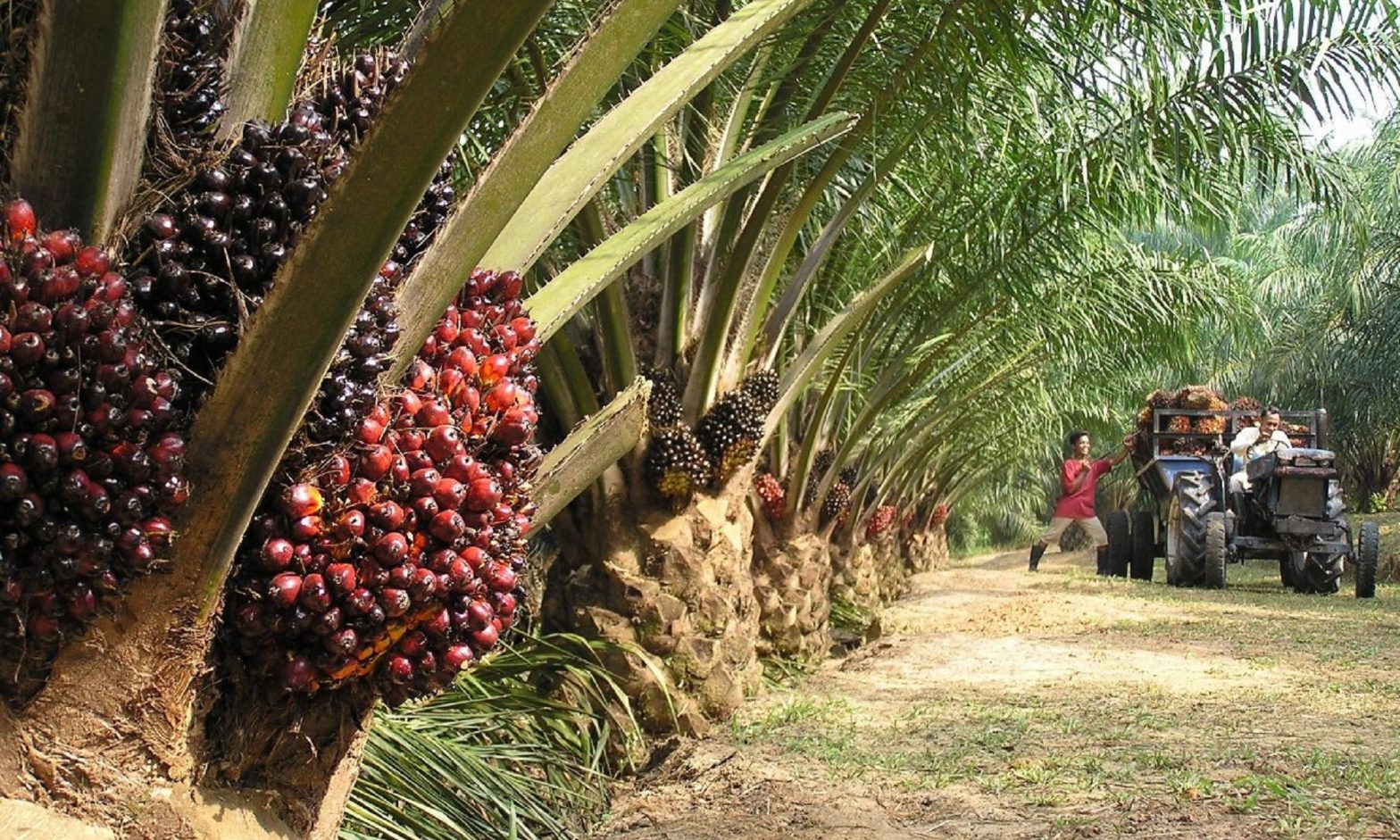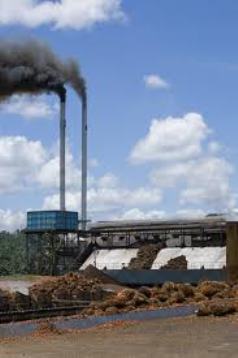Malaysia is depending heavily on natural carbon sinks from its forest land to act as a key source of carbon removals from the atmosphere.
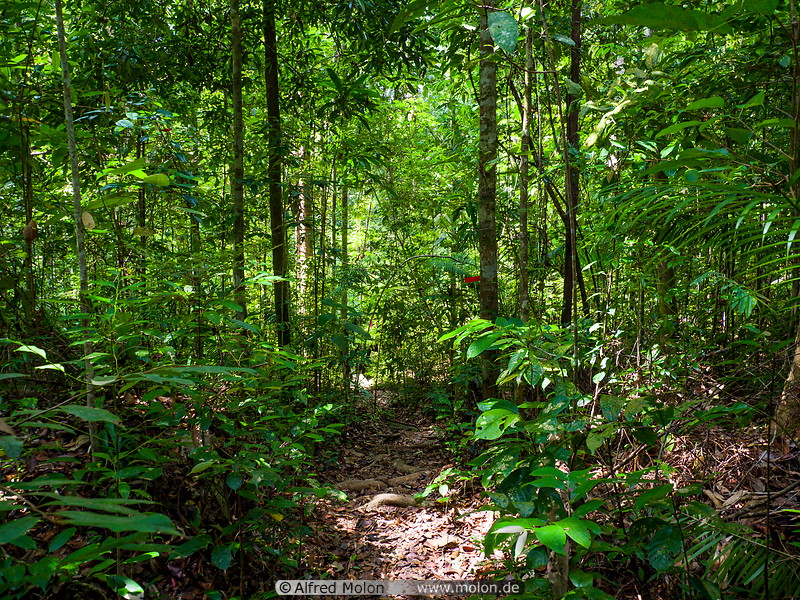
Based on the Biennial National GHG inventory update (BUR) submitted to the United Nations, Malaysia emitted a total of 335 million tonnes CO2 in 2016. More than three quarters (78%) of these emissions were stated to be offset by the country’s forest carbon sink, which amounted to 260 million tonnes CO2. This leaves a net emissions gap of 75 million tonnes CO2, to be dealt with mainly through displacement of fossil fuel energy with renewable energy. Fossil fuel energy accounted for 79.4% of the total carbon emissions.
Based on the above, a 28% (75÷260) shortfall in the sequestration capacity will require doubling the renewable energy generation to maintain Net-Zero emissions.
Since Malaysia is relying heavily on its natural carbon sinks, it is imperative that a detailed sensitivity analysis should be carried out on all variables in modelling the sequestration capacity of forest land.
If the sensitivity analysis indicates that the risk of loosing the forest land sequestration capacity in future is high, due to any of the variables, then, the required renewable energy generation projection will need to be upscaled to cater for any possible shortfall. The upcoming National Energy Policy needs to take this risk assessment into account.
In this respect, a mere maintaining of more than 50% of its land area as forests will not guarantee the expected sequestration capacity in the years to come. The forest needs to be continuously attended to, to keep it in an invigorated growth state. Sustainable management of forest and conservation of carbon stocks need to be ongoing practices. Afforestation, reforestation, natural regeneration, forest protection and conservation of forest areas are all necessary to attain a high sequestration capacity.
Even then, when the reforested areas matures, its carbon stock would gradually stabilise at high level but its net yearly sequestration capacity contribution would decline.
Eventually most forms of anthropogenic emissions will need to be halted to meet the Net-Zero emissions targets. Thus, in time to come, a 100% halt on use of fossil fuel would be required without any other forms of sequestration.
There should not be a confusion between conservation of forest carbon stock and the carbon sequestration capacity of the forest land. Sequestration capacity is equal to the rate of increase of carbon stock as a result of forest growth.
For example, a recent publication by a Malaysian university Assessment of Carbon Stock in Forest Biomass and Emission Reduction Potential in Malaysia, has modelled the carbon stock vs sequestration capacity of Malaysian forest land. The expert study reveals that the sequestration capacity of our forest land between the years 2011 and 2016 was only about 47 million tonnes CO2 a year, a far cry from the 260 million tonnes a year stated in the Biennial National GHG inventory.
The study further estimates that under Business as Usual (BAU) practices, between the years 2016 and 2050 Malaysia’s existing forests would net emit, about 18.25 million tonnes of CO2 yearly into the atmosphere, rather than sequester from the atmosphere. Thus, the assumptions used for sequestration capacity in the projections made in the 12th Malaysia Plan to achieve net zero carbon emissions by 2050 need to be carefully scrutinised.
Any error in the GHG inventory on forest land as a result of sequestration capacity change would adversely affect our Net-Zero projections together with the reduction of the intensity of greenhouse gas (GHG) emission across the economy by 45% based on the Gross Domestic Product (GDP). Serious implications will arise unless we correct the trajectory early.
Because of its importance, a separate chapter on forest management, monitoring and reporting mechanisms and plans could perhaps be included in the 12th Malaysia Plan MTR and annual budgets.
The Ministry of Energy and Natural Resources (KeTSA), which is responsible for forest management has a lot on its plate, that is, to balance renewable energy generation on the one hand with managing our forest carbon sink, on the other.
